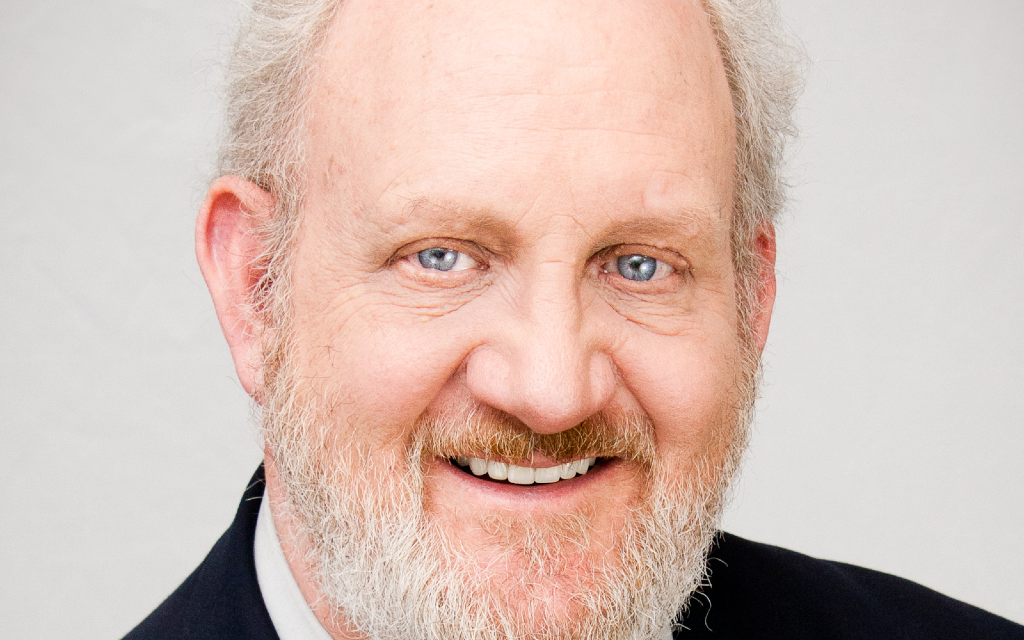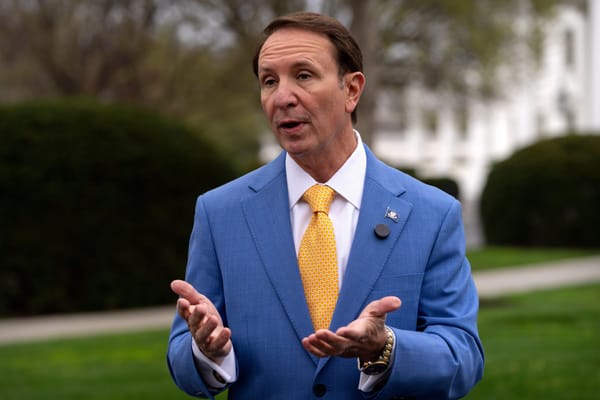Richard Bennett: The Curious Case of Wi-Fi 7
Newer versions using more spectrum no longer provide improved performance for practical wireless applications.
Richard Bennett

In the vain hope of making Wi-Fi faster, unlicensed spectrum supporters appear to be committing an error of misdiagnosis in their current push to allocate ever-more unlicensed spectrum in the highly prized mid-band.
Like a doctor over-prescribing antibiotics for a viral infection, more unlicensed spectrum risks the long-term health of our communications ecosystem and, unfortunately, isn’t even doing the Wi-Fi patient any good.
I recently performed benchmark testing of various Wi-Fi generations (Wi-Fi 4, 5, 6, 6e and 7), with their maximum channel sizes, which have doubled with each new specification. The results were surprising: newer versions using more spectrum no longer provide improved performance for practical wireless applications.
A well-designed Wi-Fi 7 network, with extra-large 320 megahertz channels, can deliver 3 Gbps from access point to device, according to my tests. While this is vastly more bandwidth than anyone knows what to do with, it’s a chimera. Achieving peak Wi-Fi 7 requires placing access points no more than 10 feet from stations.
At 25 feet and 50 feet, throughput often falls below Wi-Fi 6 benchmarks in real-world testing. If you’re close to your access point, Wi-Fi provides more throughput than you need; if you’re far away, more spectrum isn’t helping.
The poor performance of Wi-Fi 7 in the 6 GigaHertz (GHz) band isn’t a secret to equipment vendors. The second generation of Wi-Fi 7 routers from Asus, TP-Link, and Netgear employ a quad-band architecture that splits the 6 GHz band into a consumer-facing lower half and an upper half reserved for mesh backhaul. This is likely because the rest of the world is trending toward allocating the upper half of the 6 GHz band for licensed mobile use. The third generation of major vendor products is dual-band, foregoing 6 GHz entirely.
Wi-Fi innovation has stalled
On paper and in simulation Wi-Fi 7 is presumed to reach lofty speeds on every scenario thanks to its use of Multi-Link Operation (MLO,) two radios operating in parallel at different frequencies. The use of wider channels – 320 megahertz instead of the 80 to 160 in use since Wi-Fi 5 – should also help, as should wildly optimistic 4K QAM modulation. But something is missing.
Some previous generational Wi-Fi upgrades were dramatically better than their immediate predecessors. IEEE 802.11n (Wi-Fi 4) was nearly nine times faster than 802.11a on the download side in the real world. It modestly increased channel size from 20 to 40 megahertz while deploying frame aggregation, the first combination of OFDM and MIMO, and better modulation.
The community latched onto fat channels with a vengeance in Wi-Fi 5, going to 80 megahertz with an eventual option for 160 megahertz. Wi-Fi 5 was good for a very respectable five times increase for downloads. But subsequent iterations were unimpressive, stalling at a modest 40% improvement for Wi-Fi 6 over 5 and never improving again. The ideal channel size appears to be much closer to 80 megahertz than to 320 megahertz.
This clear finding hasn’t prevented certain elements of the Wi-Fi community from advocating for even more mid-band spectrum. They’re petitioning policymakers to award additional spectrum in the 7 GHz band to Wi-Fi in order to make way for four 320 megahertz channels instead of the current allocation of three. Wi-Fi users are highly unlikely to see any improvement if the spectrum fairy grants this wish.
Starving fixed wireless access
While Wi-Fi is floundering, general purpose 5G networks are gasping for air. A killer app for 5G is clear: residential broadband over fixed wireless access (FWA) networks. The only parts of the broadband network market that are growing are Fiber to the Home (FTTH) and FWA, and FWA is growing fastest. Legacy networks built on telephone and cable TV wiring are actually shrinking.
FWA could grow faster if providers had access to more mid-band spectrum. Major carriers only offer FWA in selected neighborhoods because spectrum scarcity makes it an iffy proposition where smartphone use is heaviest or topography is challenging.
Enemies of progress
FWA has two enemies: the first is the army of advocacy groups who want every home to have access to FTTH, preferably owned and operated by government. The second is the entrenched lobby of legacy cable interests who see no future other than broadband now that consumers have cut the cord on linear TV subscriptions. Both parties actively lobby against the spectrum auctions that would enable faster FWA deployment.
Shoveling more mid-band into the Wi-Fi coffers guarantees it won’t be used to accelerate the deployment of FWA. Sadly, it appears to also guarantee it will never be used at all.
It’s not unusual for regulators to be played by legacy industries seeking lifelines. Preservation is probably more common than the capture effect that is now a political talking point. It’s rare for regulators to acknowledge their errors, let alone correct them. The curious case Wi-Fi 7 and FWA is a good opportunity for regulators to break with these traditions and do the right thing.
Richard Bennett has contributed to IEEE 802 network standards since 1984. He’s the founder of High Tech Forum, a patent holder, and an alumnus of think tanks ITIF and AEI. His white paper “Lessons from Wi-Fi History” describes this issue with hard facts. This Expert Opinion is exclusive to Broadband Breakfast.
Broadband Breakfast accepts commentary from informed observers of the broadband scene. Please send piecesto commentary@breakfast.media. The views expressed in Expert Opinion pieces do not necessarily reflect the views of Broadband Breakfast and Breakfast Media LLC.










Member discussion